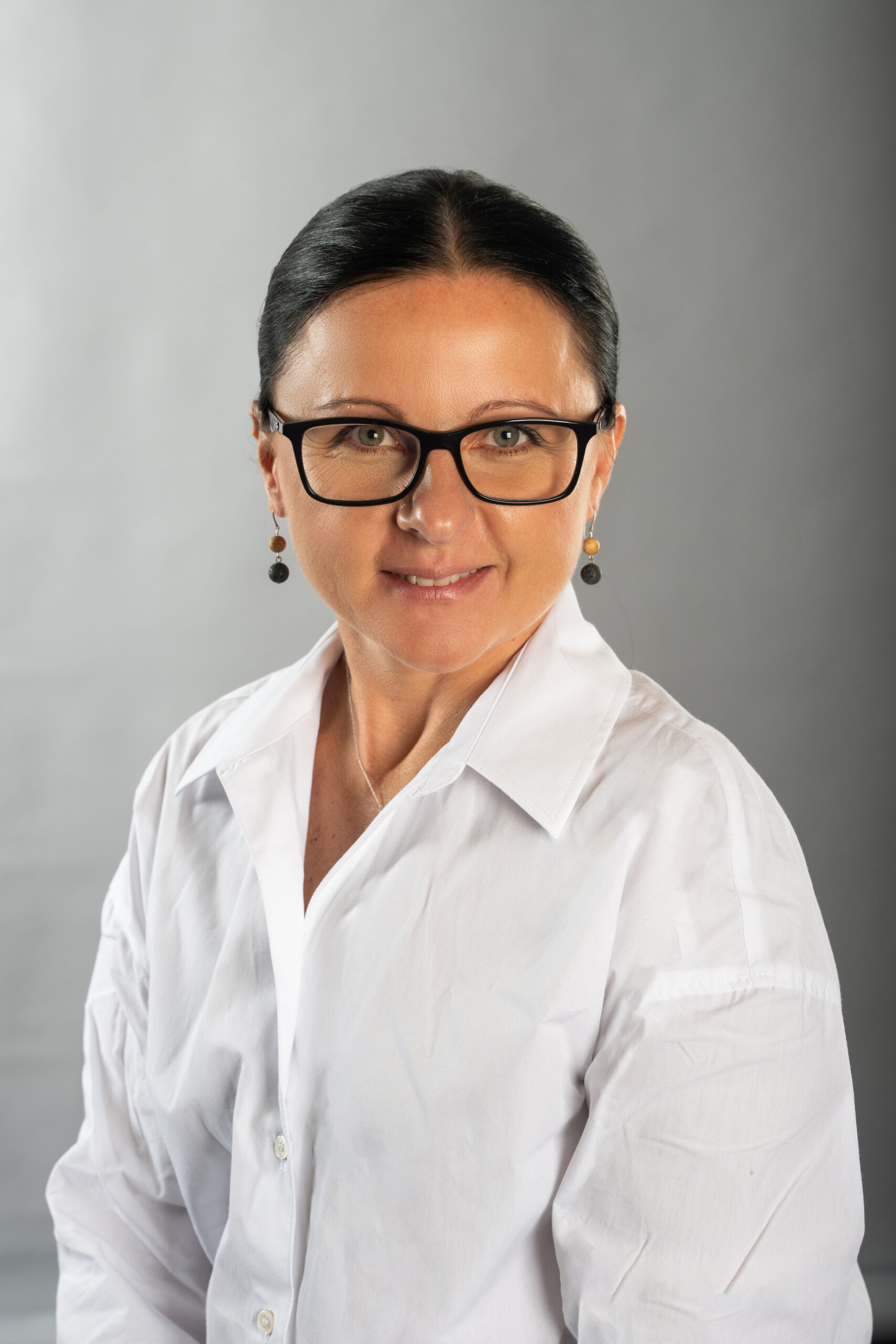
What is RIFM’s Environmental Framework?
The RIFM Environmental Framework is the backbone of our environmental risk and hazard safety assessments and outlines our current methods to assess environmental safety in the aquatic system. The Framework outlines a conservative, three-tiered system designed to conservatively evaluate fragrance materials using a combination of in silico and in vivo data while reducing animal testing. More than 90% of the fragrance materials screened at the first tier present no potential environmental risk.
It has been almost 20 years since the Framework was first peer-reviewed and published, and we are currently updating it. Our approach will stay the same—remaining cautiously conservative—while becoming more comprehensive and up to date. The goal of the refined version—what we refer to as the RIFM Environmental Framework 2.0—is to include new developments in computational modeling and updates in study guidelines, and methodologies that became available after (and which we have been using since) the initial Framework was published.
First, we are expanding data collection beyond North America and Europe, which were part of the original Framework. Every four years, the International Fragrance Association (IFRA) conducts a Volume of Use (VoU) survey, which compiles how much of each fragrance ingredient is produced annually by the fragrance industry. In addition, IFRA is now collecting data for regions that were not covered in the original Framework. Using that data, we plan to expand the Framework to include the Asia-Pacific region and South America.
Science is a constantly evolving understanding of our world, and many environmental study guidelines have been developed or updated to reflect the evolving science. For instance, the Fish Embryo Acute Toxicity (FET) Test OECD 236 Study guidelines were developed as an alternative to testing on fish. In addition, many environmental study guidelines have been created or updated to reflect the evolving science.
Principal Scientist Aurelia Lapczynski leads RIFM’s Environmental Research and Safety Assessment programs.